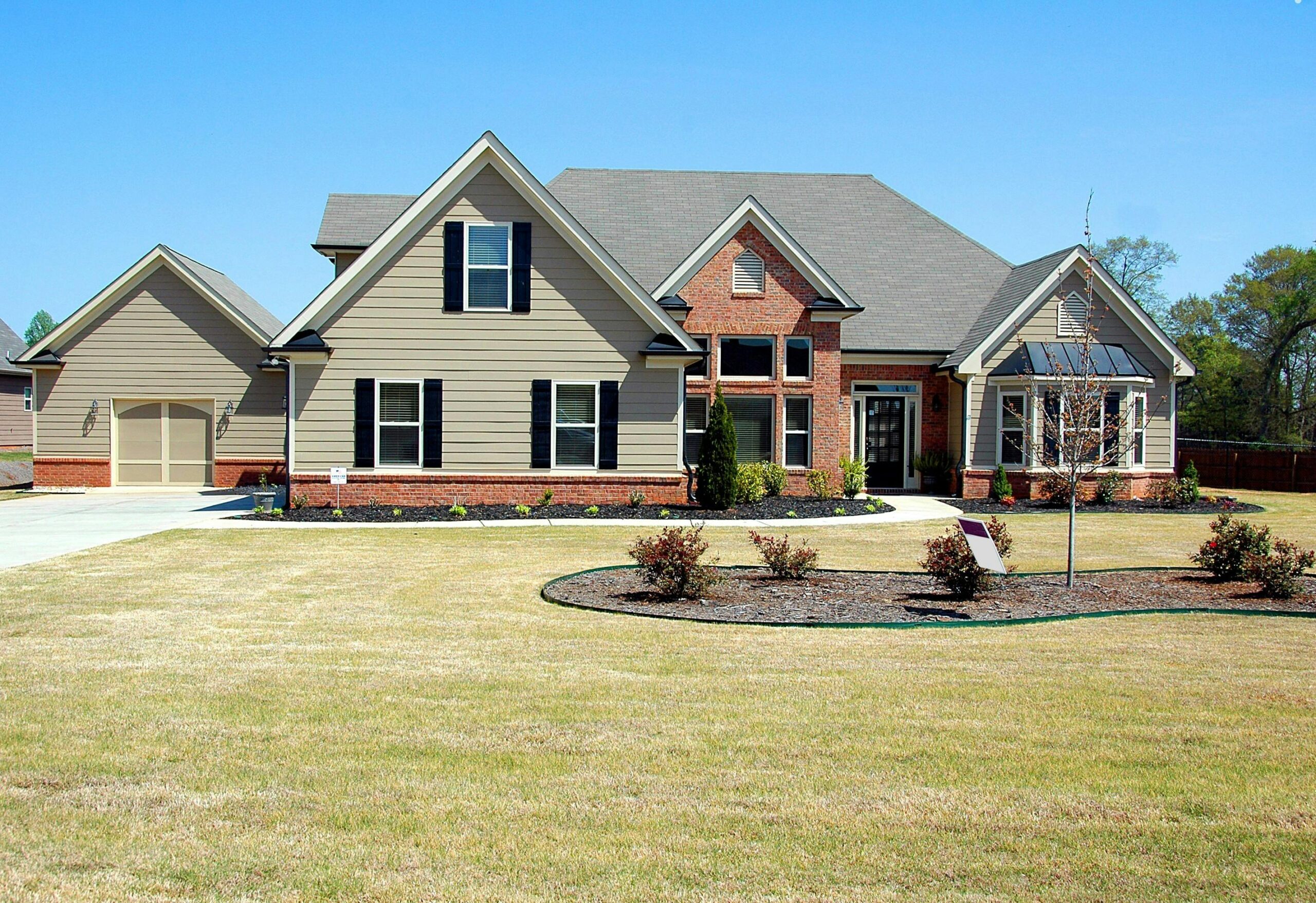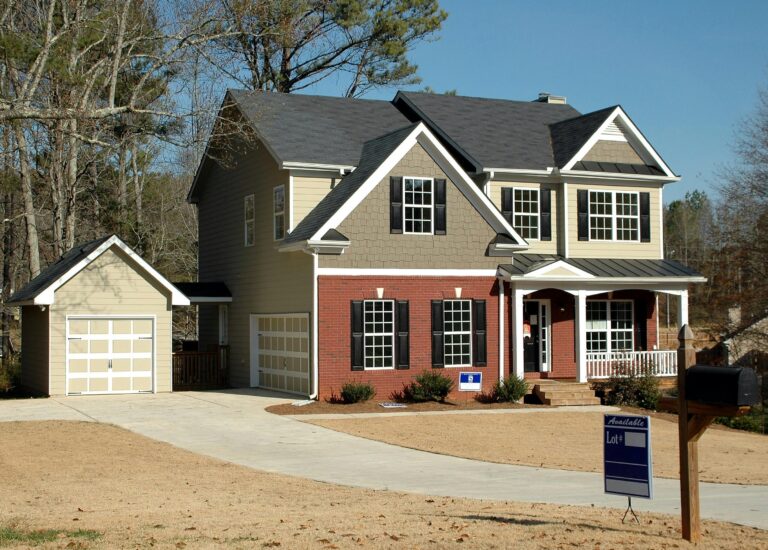
A striking paradox is reshaping America’s housing market: while domestic buyers grapple with persistent affordability challenges that keep many on the sidelines, foreign investors are pouring billions into U.S. real estate at levels not seen in nearly a decade. This divergence reveals a two-tiered market where international capital flows freely while American families face mounting barriers to homeownership.
Foreign Investment Surge Breaks Eight-Year Decline
After years of declining activity, foreign buyers have dramatically returned to the U.S. housing market. Foreign buyers snapped up $56 billion worth of American homes between April 2024 and March 2025, representing a 33.2% increase over the previous year. This marks the first time that international buyer activity has increased in eight years, signaling a fundamental shift in global investment patterns.
The scale of this resurgence is impressive yet historically tempered. The more than 78,000 existing properties sold to foreign buyers totaled far fewer than what sales reached at the peak of such purchases in 2017, but they represent the first increase in eight years. While still below historical peaks, the trend reversal suggests renewed confidence in U.S. real estate as a stable investment vehicle amid global economic uncertainty.
Chinese Buyers Lead the Charge
The foreign investment surge has been primarily driven by Chinese nationals, who have emerged as the dominant force in international U.S. real estate transactions. Chinese investors spent $13.7 billion, accounting for nearly a quarter of all foreign real estate purchases. This represents a dramatic comeback for Chinese buyers, who had previously reduced their U.S. real estate activity due to capital controls and geopolitical tensions.
The Chinese investment pattern reflects broader strategic considerations beyond simple real estate speculation. Many Chinese buyers view U.S. property as a hedge against domestic economic uncertainty and currency fluctuations, while others seek to establish footholds for family members planning to study or immigrate to the United States. The substantial increase in Chinese purchasing power also reflects the growing wealth of China’s upper and middle classes, who see American real estate as both a safe haven and a status symbol.
Geographic Concentration in Key Markets
Foreign investment has concentrated heavily in specific regions, with traditional gateway markets continuing to attract the majority of international capital. Florida, California, and Texas remained the top destinations, attracting over half of all foreign real estate transactions. These states offer a combination of factors that appeal to foreign buyers: established international communities, strong economic fundamentals, favorable tax structures, and diverse property options ranging from luxury condominiums to single-family homes.
Florida has proven particularly attractive to international buyers, benefiting from its lack of state income tax, favorable climate, and established infrastructure for foreign investment. California continues to draw buyers despite high property values, largely due to its proximity to Asia and established Chinese-American communities. Texas offers relatively more affordable options while maintaining strong economic growth prospects, making it attractive to both investors and end-users.
Domestic Buyers Face Persistent Barriers
While foreign capital flows freely into U.S. real estate, domestic buyers confront a markedly different reality characterized by affordability constraints and market stagnation. From an affordability perspective, 2025 will look a lot like 2024, with mortgage rates above 6 percent, home price growth easing from recent highs but staying positive, and supply remaining below pre-pandemic levels.
The mortgage rate environment has created a particularly challenging dynamic for American homebuyers. Mortgage rates will likely range from about 6% to 7% unless there is a recession, representing a substantial increase from the ultra-low rates that prevailed during the pandemic era. These elevated borrowing costs have effectively priced out millions of potential domestic buyers who might otherwise compete for the same properties attracting foreign investment.
The supply-demand imbalance continues to favor sellers and cash buyers, categories where foreign investors often have significant advantages. In March 2024, 20.8 percent of listings were within reach for middle-income households, rising modestly to 21.2 percent by March 2025. This marginal improvement hardly addresses the fundamental affordability crisis facing American families.
The Cash Advantage Creates Market Distortions
Foreign buyers often possess a crucial competitive advantage in today’s market: the ability to make cash offers. Without the need for mortgage financing, international investors can move quickly on desirable properties and often outbid domestic buyers who must navigate the complexities of loan approval processes. This cash preference has created market distortions where properties sell for premium prices to investors rather than families seeking primary residences.
The cash advantage extends beyond mere convenience to fundamental market dynamics. In competitive bidding situations, sellers frequently prefer cash offers due to their certainty and faster closing timelines. This preference has effectively created a two-tier market where cash buyers, disproportionately foreign investors, compete in one segment while mortgage-dependent domestic buyers compete in another, often less desirable segment.
Economic Implications of the Divide
The divergence between foreign investment activity and domestic buyer behavior has broader economic implications that extend beyond individual transactions. The U.S. housing market is likely to remain largely frozen through 2025, with some growth expected but at a very subdued pace of 3% or less. This sluggish growth reflects the inability of the domestic market to generate sufficient demand at current price and rate levels.
The concentration of foreign investment in certain markets has also contributed to regional price disparities and housing scarcity for local residents. In markets with heavy foreign investment, local wages often fail to keep pace with property values driven by international capital, creating affordability gaps that can persist for years or even decades.
Policy Considerations and Market Response
The growing presence of foreign buyers in markets where local residents struggle to compete has prompted policy discussions at various government levels. Some jurisdictions have implemented or considered foreign buyer taxes, residency requirements, or other measures designed to level the playing field between international investors and domestic homebuyers.
However, policymakers must balance legitimate concerns about housing affordability with the broader economic benefits of foreign investment, including job creation in construction and real estate services, increased tax revenues, and capital inflows that support local economies. The challenge lies in crafting policies that promote housing accessibility for residents without discouraging beneficial foreign investment.
Looking Ahead: Structural Changes and Future Trends
The current dynamic between foreign investment and domestic buyer behavior reflects structural changes in both the U.S. housing market and global capital flows that are likely to persist beyond the immediate term. American homebuyers could see “normal” housing costs return by 2030 if home-price growth continues on its current trajectory and mortgage rates drop moderately to 5.5%.
The timeline for market normalization suggests that the divergence between foreign and domestic buyer activity may continue for several more years. Until affordability improves significantly for American families, foreign investors will likely continue to find opportunities in markets where local buyers face constraints.

Conclusion
The current state of the U.S. housing market presents a tale of two buyer populations: international investors with capital and flexibility, and domestic buyers facing affordability challenges and financing constraints. This divergence highlights fundamental structural issues in American housing policy and market dynamics that extend beyond cyclical economic factors.
As foreign buyers drive $56 billion in transactions while locals remain largely sidelined, the market reveals both its global appeal and its domestic shortcomings. Addressing this imbalance will require comprehensive policy responses that consider both housing affordability for American families and the legitimate role of foreign investment in a globalized economy. The path forward demands nuanced solutions that promote housing accessibility without undermining the broader economic benefits of international real estate investment.





